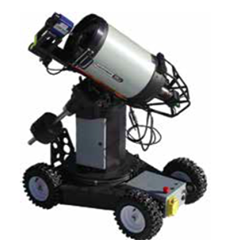Wind turbines installed offshore call for special attention. Wear and tear is quite different at sea, as is corrosion on steel structures. Offshore windfarms are often located remotely, difficult to access after installation and commissioning. Morgan Troedsson, President, MacTeen Consulting Ltd explains to PES the maintenance challenges presented by rotor blades on offshore installations.
Offshore turbines
Wind turbines erected offshore were initially not designed for the offshore environment. Lessons were learnt from the early installations, e.g. in the Nordic Sea. Anything that could fail, failed. External ladders and access platforms on turbine towers were basically flushed away, as heavy waves hit and climbed along the tower base.
The environmental impact on the whole turbine structure was higher than expected. Gearbox failures were common. Heat dissipation from electronics through nacelle venting was not as easy as expected. The internal cooling systems were often inadequate. Cooling called for specific designs offshore.
Rotor blades were subjected to heavy and unpredictable environmental loads. Surface gel coatings were basically not sufficiently resistant to the harsh offshore weather conditions. Leading edges of rotor blades started to erode much earlier than expected. The erosion rate was quite high. Lessons learnt were that offshore rotor blades require professional refurbishment after 3 – 5 years in continuous operation. In comparison, onshore blade refurbishment is only expected after 8 – 12 years operation.




























